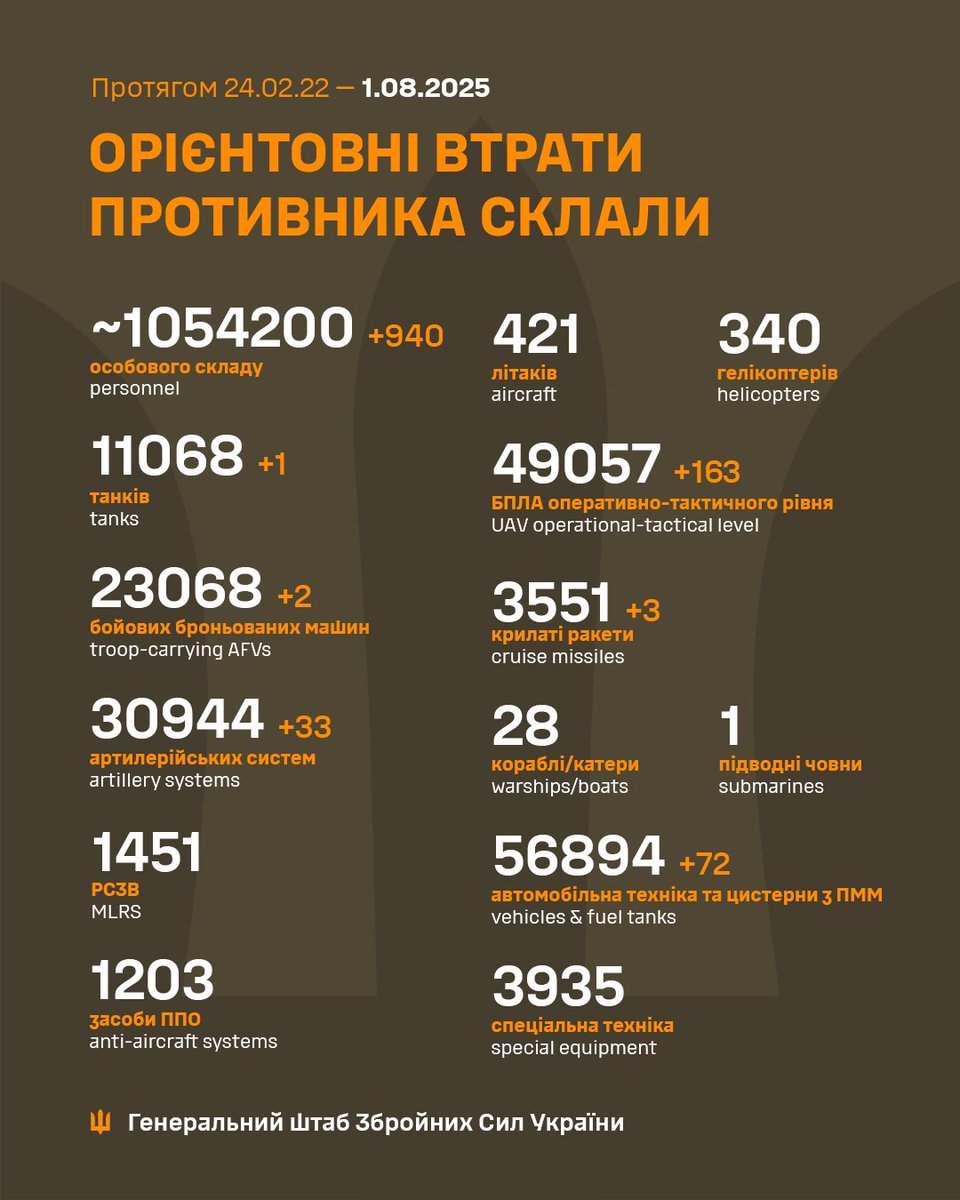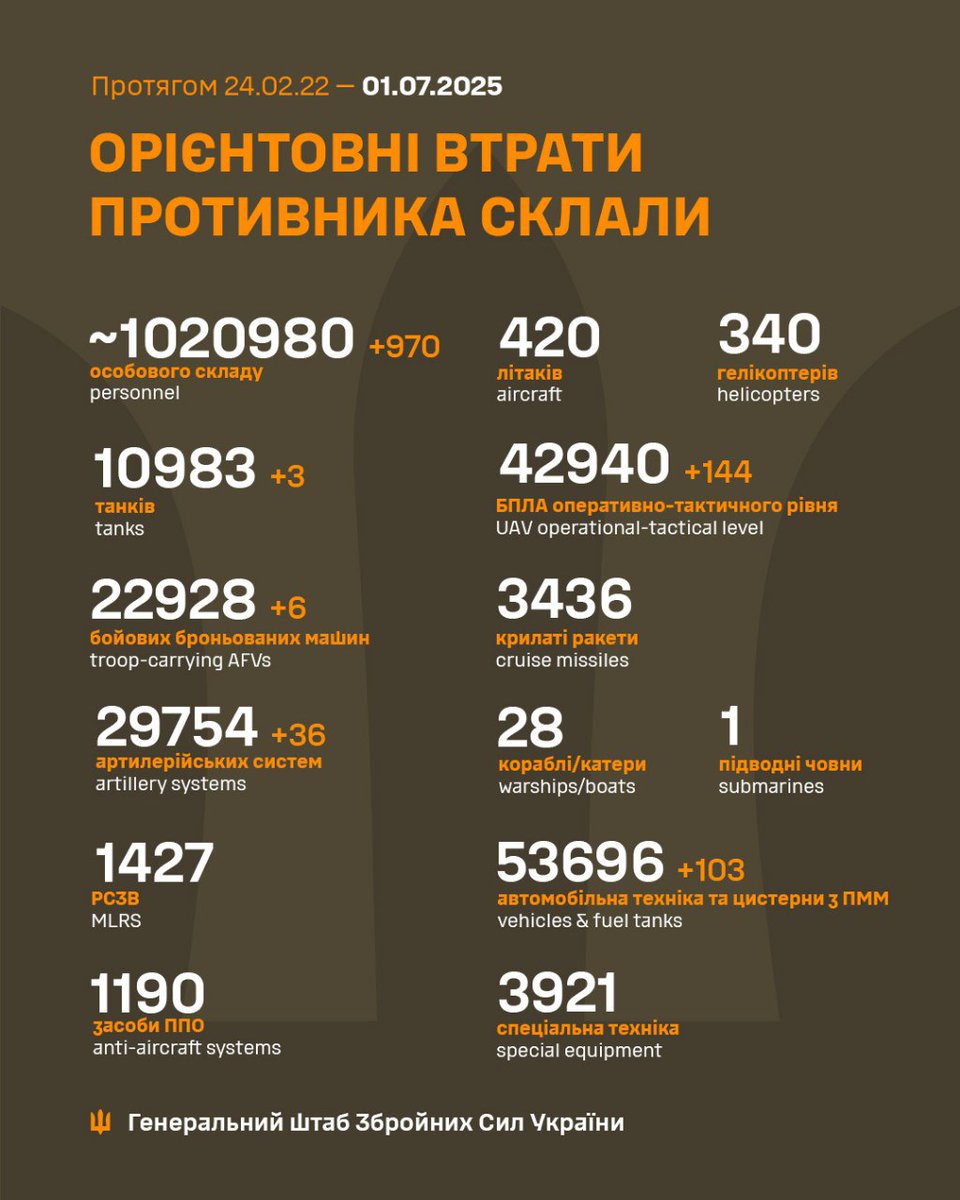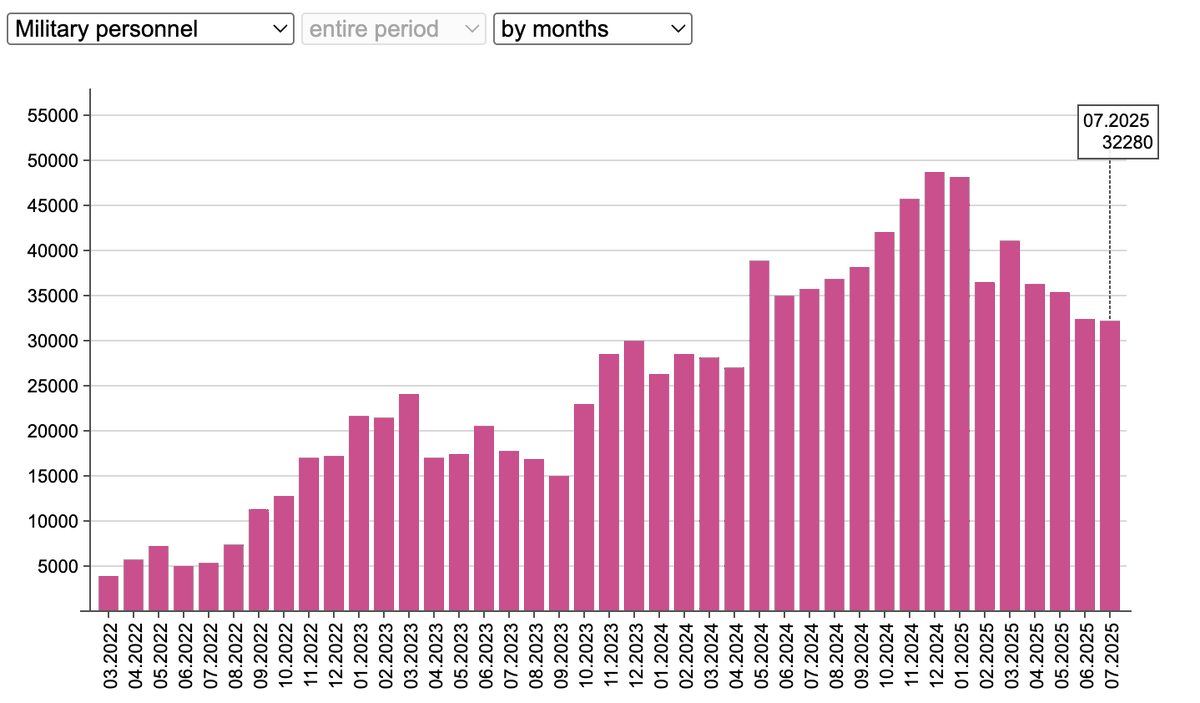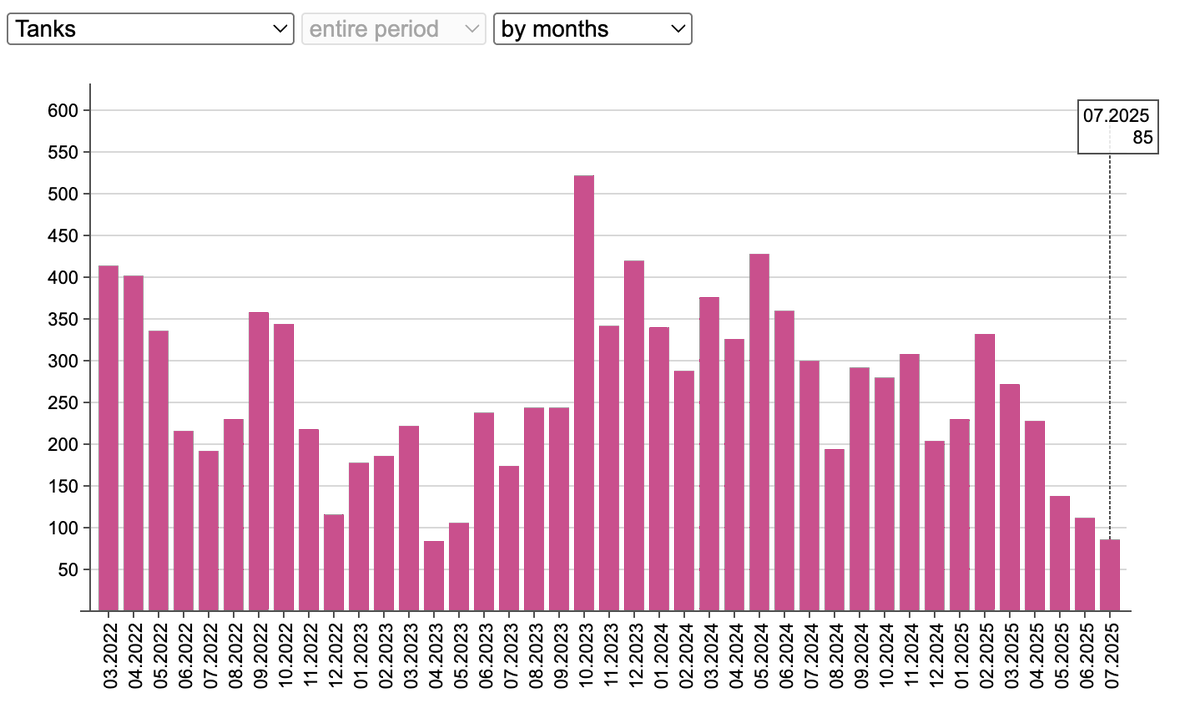Cheese Defense review
Heavy drone usage has significantly reshaped modern defensive tactics in Ukraine.
For the AFU, adapting means balancing exposure risks with the need for flexibility along one of the world's longest active frontlines.
Heavy drone usage has significantly reshaped modern defensive tactics in Ukraine.
For the AFU, adapting means balancing exposure risks with the need for flexibility along one of the world's longest active frontlines.
https://twitter.com/m0nstas/status/1966466490565046766
Instead of rigid continuous lines, the AFU uses "pockets" - fortified strongpoints or "super nodes".
These hubs resist enemy attacks while visible gaps let AFU hold more ground with fewer troops.
These hubs resist enemy attacks while visible gaps let AFU hold more ground with fewer troops.
Those gaps aren't empty. They’re filled with mines, obstacles & kill zones to slow Russian advances.
Drones amplify this: RuAF UAVs search for weak spots, while AFU FPVs & loitering munitions strike intruders.
Drones amplify this: RuAF UAVs search for weak spots, while AFU FPVs & loitering munitions strike intruders.
AFU Assault regiments act as mobile "clearing units".
They don't just hold - they move fast, neutralizing breakthroughs, especially leaks on the flanks. Flexibility & timing outweigh raw territorial control.
They don't just hold - they move fast, neutralizing breakthroughs, especially leaks on the flanks. Flexibility & timing outweigh raw territorial control.
When Russians probe gaps with infantry or armor, AFU drones slow them.
Then assault units counter from the flanks, restoring stability before the enemy consolidates.
Then assault units counter from the flanks, restoring stability before the enemy consolidates.
RuAF adapt too. They use drone recon + concentrated artillery to force AFU assault reserves into action early.
Once those reserves are exposed, they become prime targets for Russian strikes.
Once those reserves are exposed, they become prime targets for Russian strikes.
Drones are no longer just tools - they define the battlefield.
They dictate movement, expose concentrations, and punish mistakes at a scale unseen in previous wars.
They dictate movement, expose concentrations, and punish mistakes at a scale unseen in previous wars.
For AFU, drones make obstacles & mobile reserves deadlier.
For Russia, drones reveal and exploit seams between defensive pockets.
This duel of adaptation drives the rhythm of the war.
For Russia, drones reveal and exploit seams between defensive pockets.
This duel of adaptation drives the rhythm of the war.
Drones aren't support tools anymore - they are the battlefield.
AFU pockets, obstacles & mobile assault units keep the line alive, but every move meets a counter.
This is modern war: fast, adaptive, and unforgiving.
AFU pockets, obstacles & mobile assault units keep the line alive, but every move meets a counter.
This is modern war: fast, adaptive, and unforgiving.
@threadreaderapp unroll
• • •
Missing some Tweet in this thread? You can try to
force a refresh

































